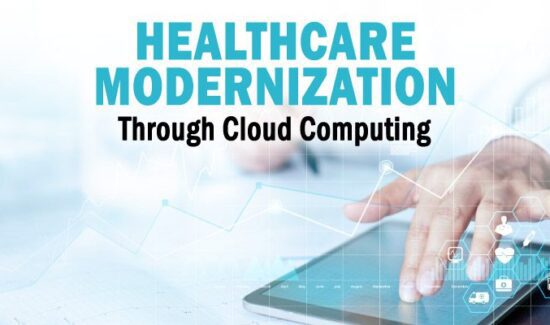Tips for Migrating to the Cloud With Ease

 Are you considering a move to the cloud? You’re not alone. Many enterprises are taking the leap this year and we think you should too.
Are you considering a move to the cloud? You’re not alone. Many enterprises are taking the leap this year and we think you should too.
In fact, a recent survey concluded that businesses run 79 percent of their workloads in the cloud, according to tech.co, and getting close to 100 percent uptime is just one of the many benefits that will float to your organization because of it.
But before you make the move, ask yourself the following questions:
How much downtime should I prep for?
When moving to the cloud, you’ll need to shut down your old equipment and switch on the new gear, and in between those two steps will be some downtime. It could last a few seconds, minutes or days. Try to figure out what the average amount of downtime will be before you make the move.
Have I updated my software?
It’s hard to move an outdated app to the cloud, sometimes impossible. And while updating is important to do on a regular basis for security purposes, it’s also a vital component in preparing for a move to the cloud. Another thing to keep in mind is that proprietary software and older apps may cause an issue.
What does my disaster recovery plan look like?
The cloud is not disaster-free, despite what some may think. It’s important to have a plan in place, should something go wrong. Everyone needs a good backup plan. So make an outline and get your plan implemented before the move if possible.
Should I outsource this?
While it may seem like moving to the cloud is something to handle in-house, it’s a huge project that would be completed in a more timely manner if outsourced. Find a company that has experience with cloud migrations and it may save you some downtime and will certainly speed up the implementation. It may even be better for your bottom line.
What’s the cost?
The cost is tricky to calculate. Especially given that the money spent on the cloud means more options for your data. The cloud also brings the shared use of a data center and benefits of built-in redundancies, infrastructure, networking, storage, and server computing power, according to tech.co. Keep in mind that while moving to the cloud isn’t as costly as building your own data center, it can still set you back quite a bit. Tech.co reported that managing the costs has been said to be the most difficult slice of the migration pie, so be sure to spend extra time on gathering your estimates so you’re aware of what you are in for when you make the switch.
Widget not in any sidebars





















